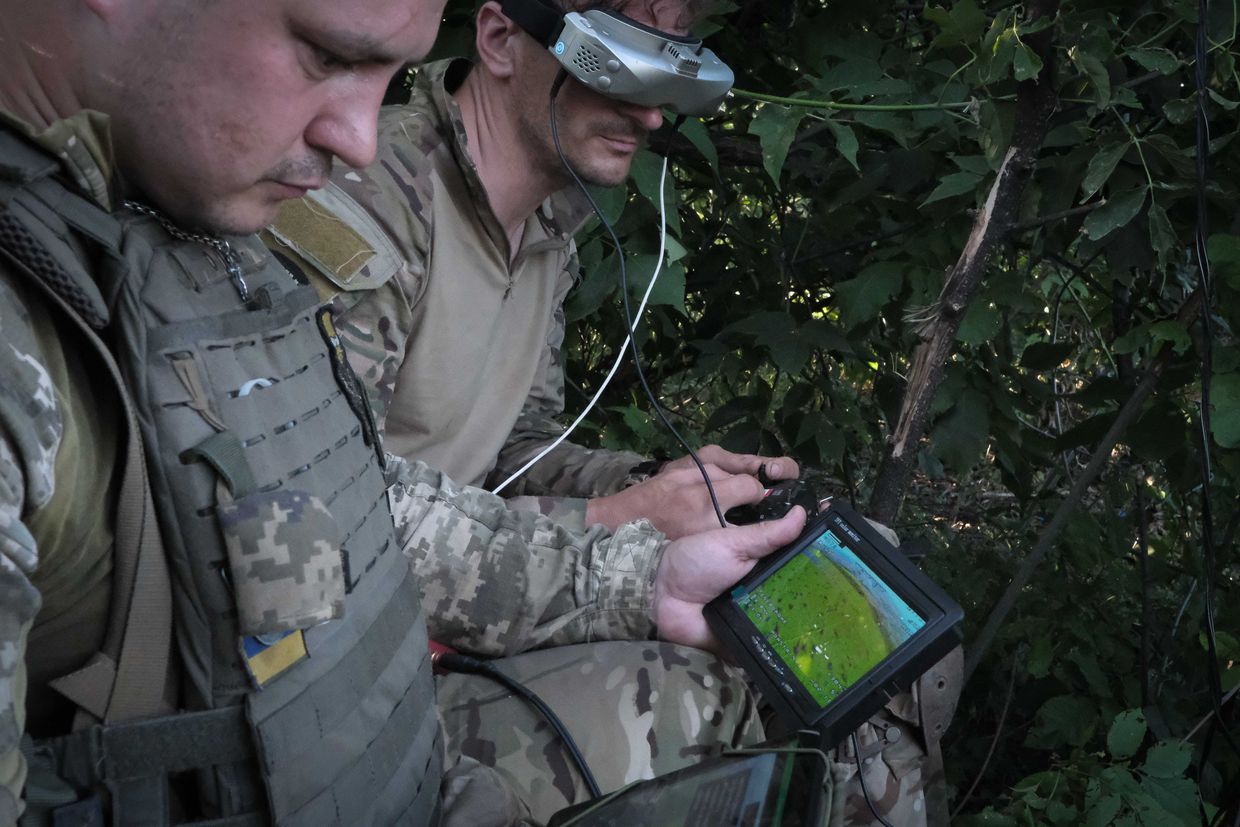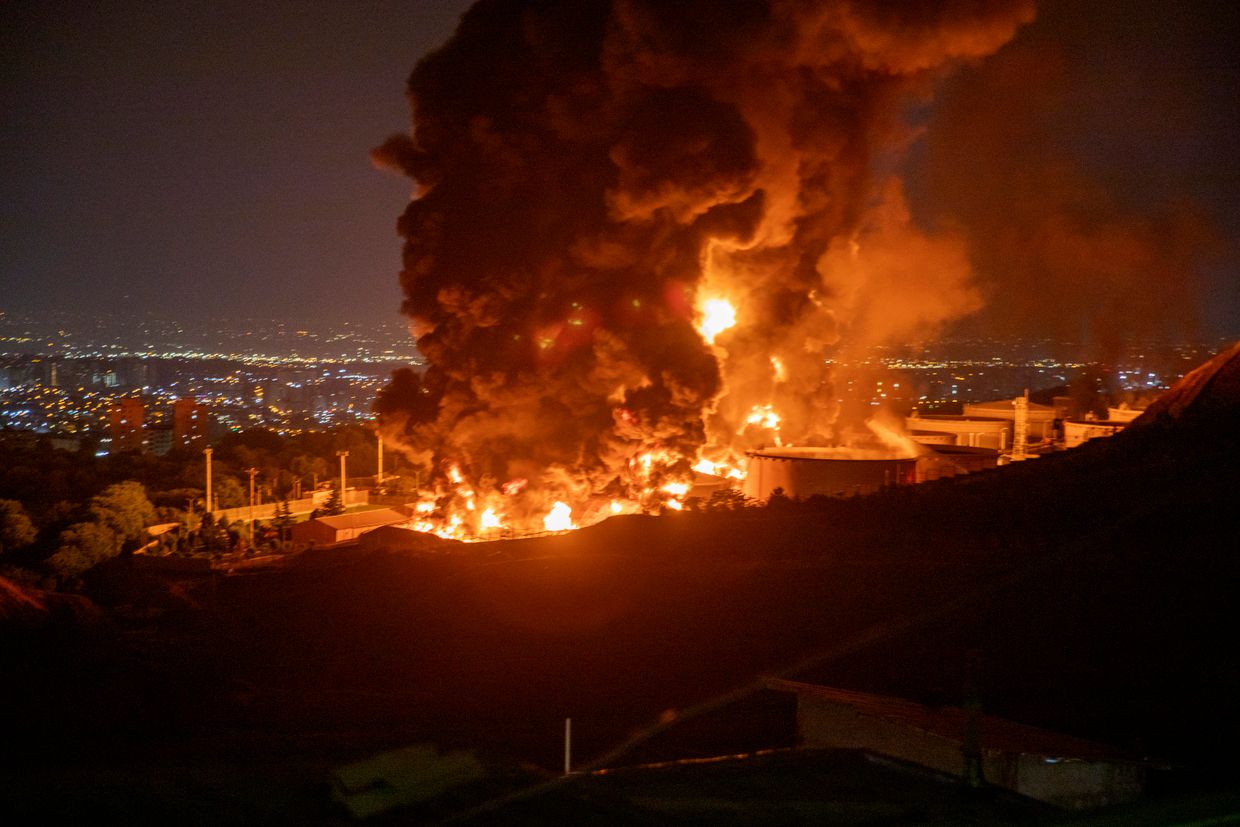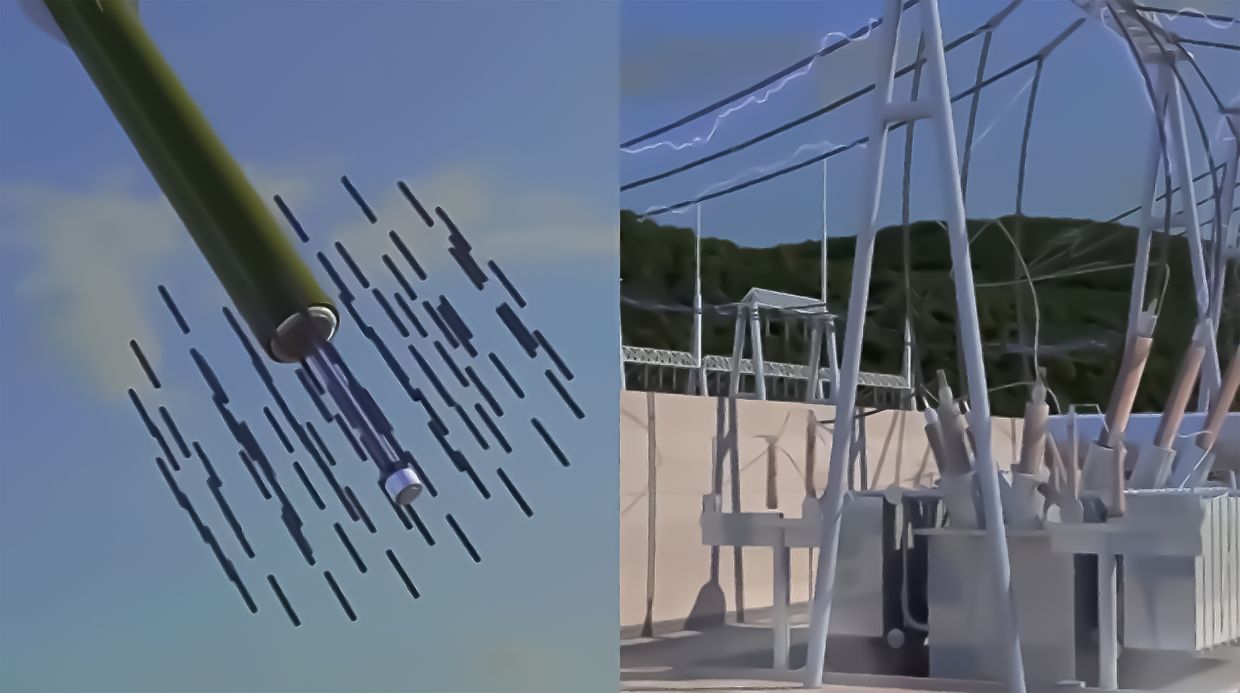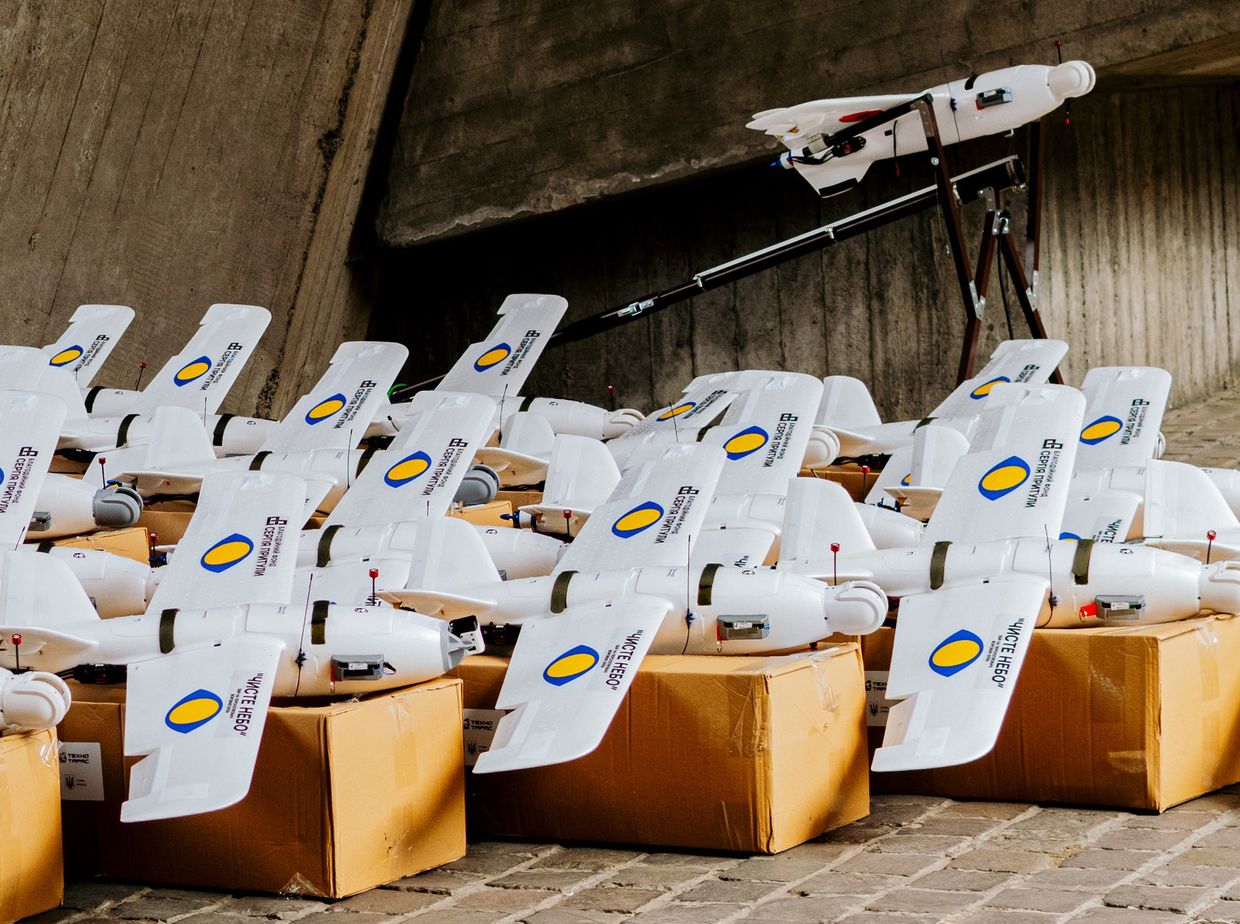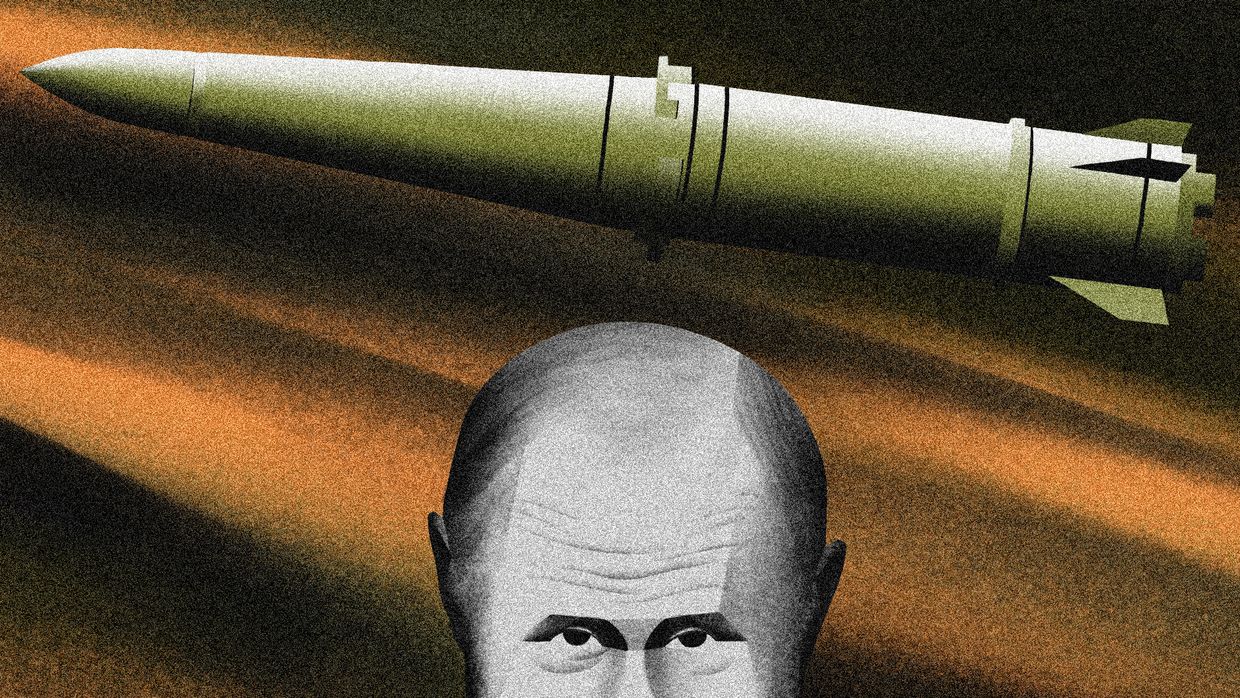Just as the West has been forced into confrontation with Russia and China, military conflicts have revealed major systemic weaknesses in the U.S. and European militaries and their defense-industrial bases.
These problems stem from fundamental technology trends. In Ukraine, expensive manned systems such as tanks, combat aircraft, and warships have proven extremely vulnerable to inexpensive unmanned drones, cruise missiles, and guided missiles. Russia has already lost more than 8,000 armored vehicles, a third of its Black Sea Fleet, and many combat aircraft, leading it to move its expensive manned systems farther from combat zones.
Inexpensive mass-produced drones made by China, Russia, Iran, Turkey, and now Ukraine have become both crucial offensive weapons and valuable tools for surveillance, targeting, and guidance. Often based on widely available commercial products, drones are being produced by the million at a cost of just $1,000-$50,000 apiece. Yet no such drones are made in the United States or Western Europe – a major weakness in the West’s industrial base and military posture.

While Russian, Chinese, and Iranian drones are easy to destroy using existing Western systems, the costs are prohibitive – ranging from $100,000 to $3 million per target. This unsustainable ratio is the result of decades of complacency and bureaucratic inefficiency. No legacy Western contractor produces a cost-competitive anti-drone system – though several U.S. and Ukrainian startups are developing them now.
Worse, this situation is merely a prelude to a future of unmanned autonomous weapons. Most current drones are either controlled remotely by a human or simplistically guided by GPS or digital maps. But new AI technologies – based largely on publicly available academic research and commercial products – will soon transform warfare, and possibly terrorism, too.
AI-enabled drones can already operate in highly coordinated swarms, for example by enabling an attacker to surround a target and prevent its escape. Targeting itself is becoming extremely precise – down to the level of identifying an individual face, an item of religious clothing, or a specific vehicle license plate – and drone swarms are increasingly able to navigate through cities, forests, and buildings. One example among many is a 2022 paper published in Science Robotics by Chinese academic researchers showing drone navigation through a forest.
Commercial and military humanoid robots are next. Videos published by researchers at Stanford University in January, based on their recent research, show AI-driven robots performing household tasks including pan-frying seafood and cleaning up spilled wine. While cooking shrimp is far from operating a sniper rifle or assembling missile components, there is wide agreement that the “ChatGPT moment” in humanoid robotics has arrived.
AI-driven products, both military and commercial, depend on a complex, layered technology stack, at the base of which is semiconductor capital equipment (the high-precision machines that make the chips), followed by semiconductors (such as Nvidia’s AI processors), data centers, AI models and their training data, AI cloud services, hardware product design, manufacturing, and application and systems engineering. The U.S., Western Europe, Taiwan, and South Korea collectively are still ahead of China (and Russia) in most of these areas, but their lead is narrowing, and China already dominates world markets for mass-produced dual-use hardware such as drones and robots.
The Western response to this challenge has thus far been woefully inadequate. Export controls on AI-enabling technologies are limited to semiconductor capital equipment and processors, and even these have been resisted, loosened, and evaded. While exports of high-end AI processors to China have been banned, access to U.S. cloud services using those same processors remains open, and Nvidia now provides China with AI processors nearly as powerful, but specially tailored to comply with U.S. export controls. There are no export or licensing controls whatsoever on AI research, models, or training data.
Although some U.S. companies, such as Google, have kept their AI models proprietary and restricted Chinese access to their technology, others have done the opposite. While OpenAI prohibits direct Chinese access to its application programming interfaces, those same APIs remain available through Microsoft. Meanwhile, Meta has embraced a fully open-source strategy for its AI efforts, and the venture capital firm Andreessen Horowitz is lobbying to prevent export controls (or indeed any regulatory restrictions) on open-source AI models.
The U.S. and European technology sectors are thus behaving like a circular firing squad, with individual firms attempting to sell as much to China as possible. By trying to gain a lead on its immediate competitors, each firm weakens the long-run position of all the others, and ultimately even its own. If this continues, the foreseeable result is that the U.S. and Western Europe will fall behind China – and even behind Russia, Iran, or decentralized terrorist groups – both in AI-driven warfare and in commercial AI applications.
Many technologists and managers in Silicon Valley and government organizations are aware of this risk, and are very disturbed by it. But despite some significant initiatives (such as the Defense Innovation Unit within the Pentagon), there has been relatively little change in defense-industry behavior or government policy.

This situation is particularly absurd, given the obvious opportunity for a hugely advantageous grand bargain: industry acquiescence to government-enforced export controls in return for government-supported collective bargaining with China in technology licensing, market access, and other commercial benefits. Notwithstanding a few areas of genuine tension, there is a strikingly high degree of alignment between national-security interests and the long-run collective interests of the Western technology sector.
The logical strategy is for the U.S. government and the European Union to serve as bargaining agents on behalf of Western industry when dealing with China. That means acting in concert with industry, while also retaining the power and independence necessary to establish and enforce stringent controls (which the industry should recognize are in its own long-term interest).
Unfortunately, this is not where things are currently headed. Although policymakers and technologists are waking up to the threat, the underlying technology is now moving dramatically faster than policy debates and legislative processes – not to mention the product cycles of the Pentagon and legacy defense contractors. AI development is progressing so blindingly fast that even the U.S. startup system is straining to keep up. That means there is no time to lose.
Editor’s Note: Copyright, Project Syndicate. This article was published by Project Syndicate on Aug. 5, 2024, and has been republished by the Kyiv Independent with permission.The opinions expressed in the op-ed section are those of the authors and do not purport to reflect the views of the Kyiv Independent.




